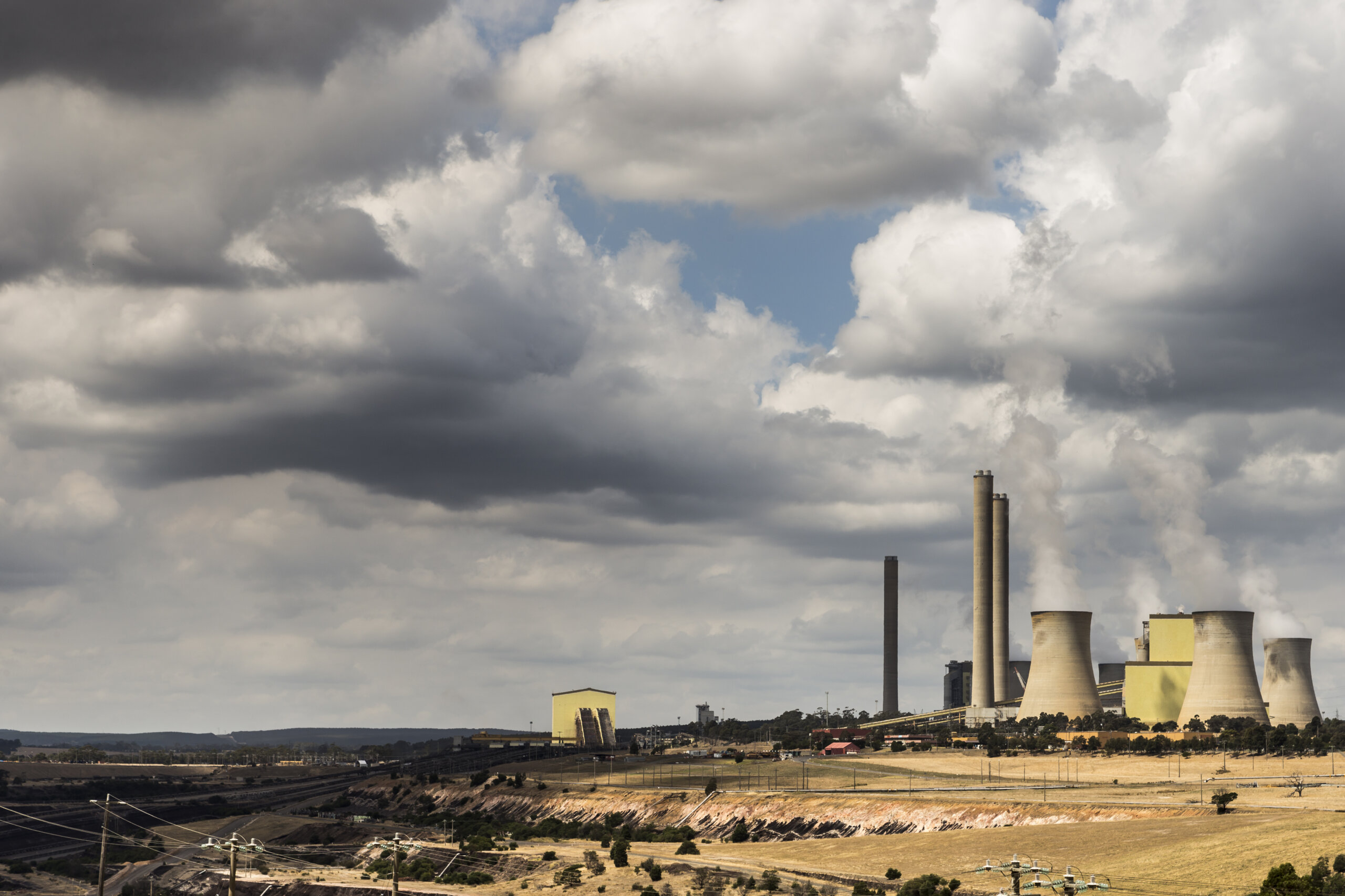Chronic illnesses and contaminated land and waterways: these are the serious health and environmental impacts of coal pollution.
For years, the Central Coast and Latrobe Valley communities have been speaking out – and the United Nations has taken note.
In August 2023, UN Special Rapporteur on Toxics and Human Rights, Marcos Orellana, visited Australia for 10-days to investigate human rights and the harms of toxic coal pollution on people and the planet.

The UN is a powerful international body, and is uniquely placed to influence federal and state governments to put the health of our communities and environment first.
The Special Rapporteur has released an interim report off the back of the trip recommending key changes, and will release a full report in September 2024. We’ll be working hard alongside impacted communities to make sure that decision-makers act on the UN’s critical findings.
UN SPECIAL RAPPORTEUR MEETINGS WITH NSW AND VIC COMMUNITIES
On a sunny afternoon in late August, more than 100 people packed into the Chain Valley Bay Community Hall – just a few hundred metres from the towering Vales Point Power Station smokestacks – to meet with the UN Special Rapporteur.
Over two hours, the UN investigator heard from dedicated community advocacy groups Future Sooner and Hunter Community Environment Centre, lawyers from Environmental Justice Australia, and lawyers from the Environment Defenders Office and their clients, about the serious health and environmental impacts of coal fired power stations and coal mining.
When one speaker asked the room: how many of you experience, or know someone who experiences, serious respiratory problems? The hands of three-quarters of the room shot up.
Community members shared their concerns that toxic air and water pollution from coal fired power stations like Vales Point and Eraring contributes to a range of illnesses across the Lake Macquarie and Central Coast community. They spoke about their life-altering experiences with serious health conditions like cancer.
And people shared solutions, too – many of them. Solutions the government can take to better regulate power stations now, as well as to make sure communities aren’t left with a toxic mess when they close. Solutions the community has shared with governments and decision-makers, mining companies and power station operators before – and that they are still waiting for action on.
Solutions like fixing state and national clean air laws. Properly managing and rehabilitating coal ash dumps so that they don’t leak chemicals into precious places like Lake Macquarie. Ensuring transition authorities are properly set up to address legacy pollution as part of forward planning.
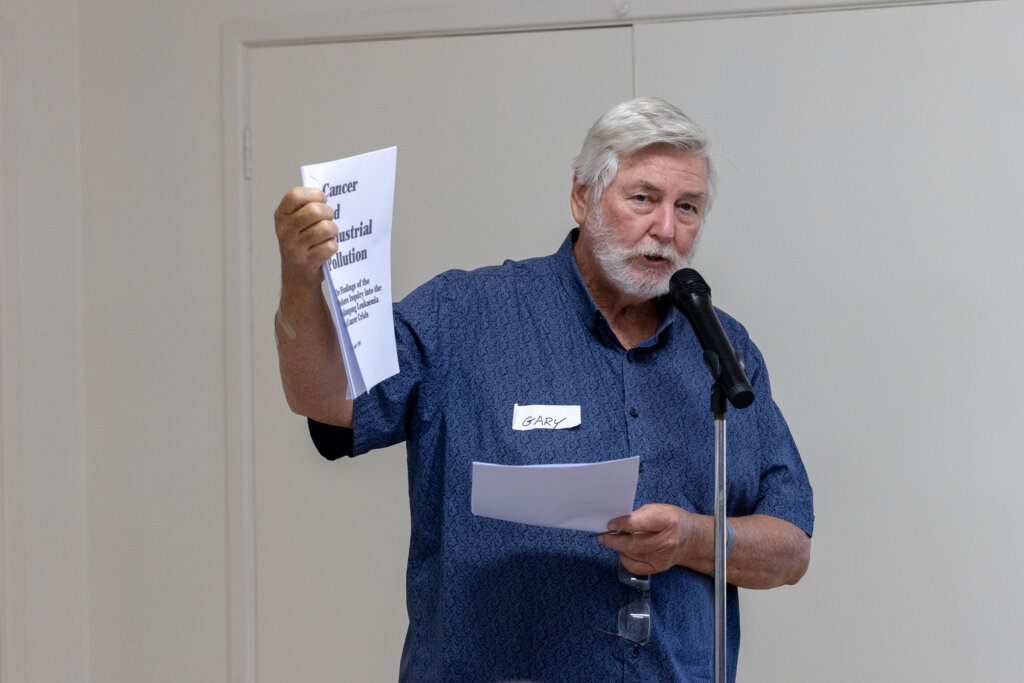
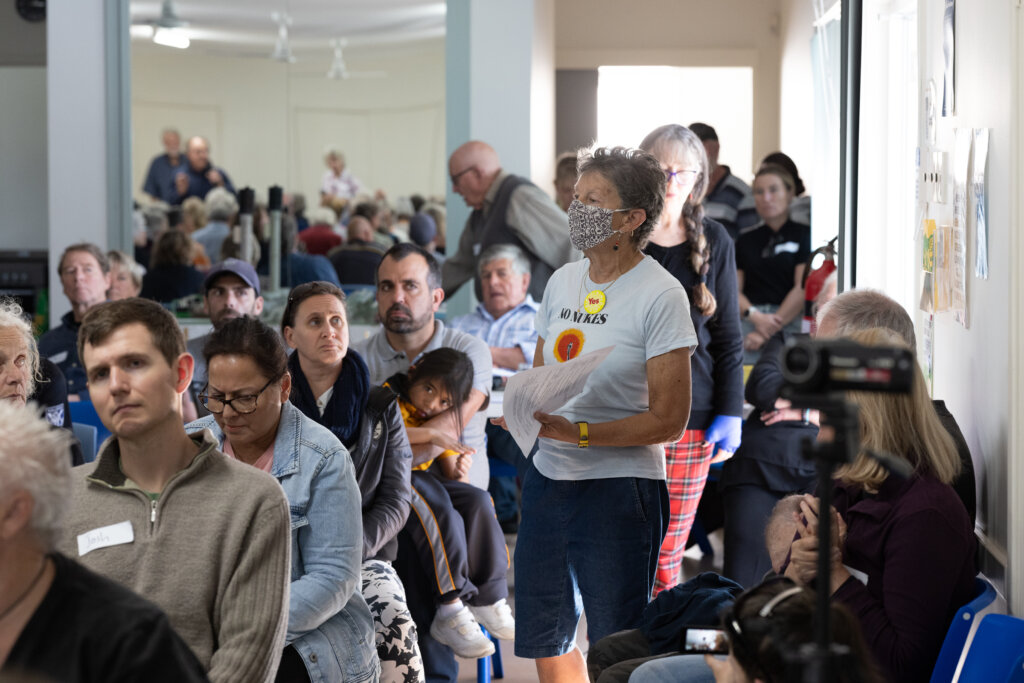
A few days later, the UN Special Rapporteur travelled south to Victoria and met with the Latrobe Valley community, two hours east of Melbourne/Naarm. Incredible locals from advocacy groups Voices of the Valley and Friends of Latrobe Water met with the Special Rapporteur at the Yallourn coal mine lookout.
They told him about the history of the Valley, including the devastation the community experienced during the infamous Hazelwood mine fire in 2017 and the impact of decades of exposure to toxic air pollution on the community’s health.
Wendy Farmer, a local resident and member, of Voices of the Valley, gifted the Special Rapporteur a bag of coal dust that had settled on her plants the day prior – a powerful testimony to the direct impact that coal pollution has on this community.
Like in New South Wales, community members also spoke about what the Victorian government can do to better regulate pollution; solutions the community has been advocating for decades. They want to see pollution controls installed at coal-fired power stations, health-based air emissions limits for industry, improved air quality and heavy metals monitoring, and a high standard for the rehabilitation of coal ash sites and coal mines for the Latrobe Valley and the rest of Australia.
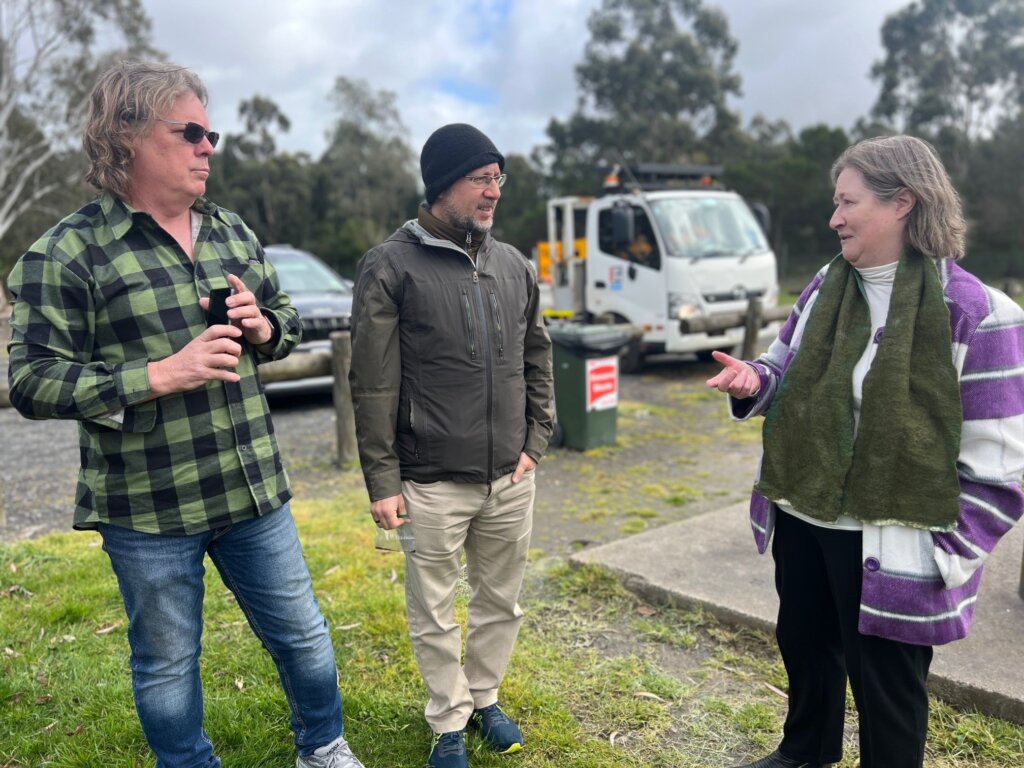
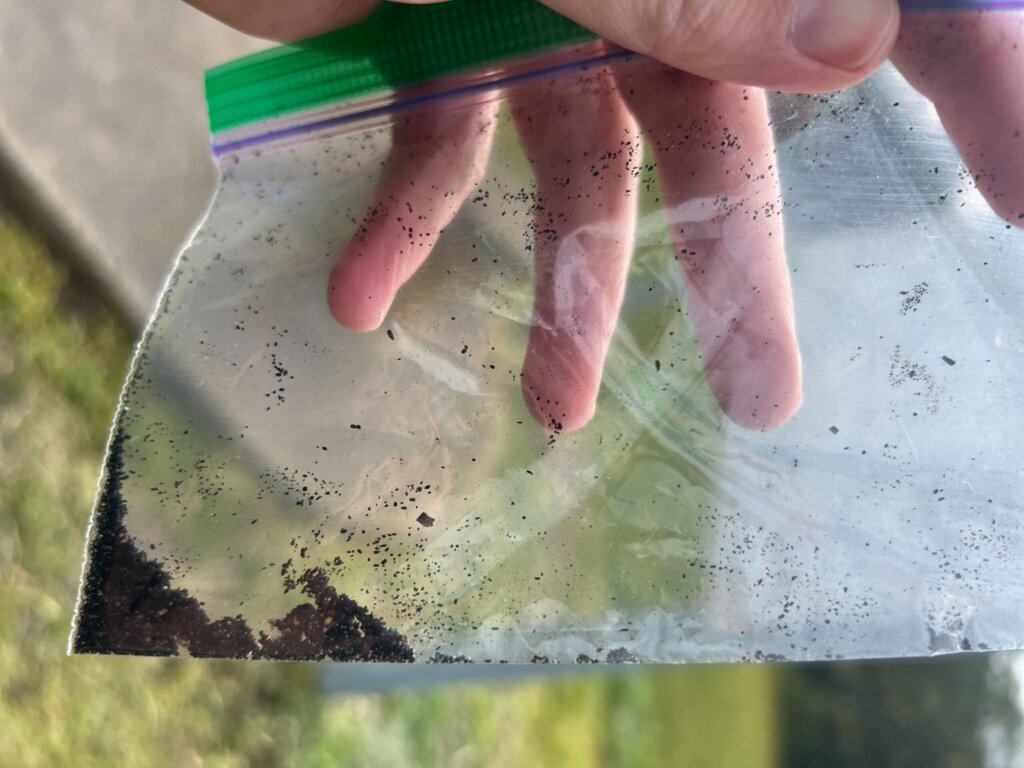
THE SPECIAL RAPPORTEUR’S REPORT
At the end of his visit to Australia, the Special Rapporteur released an interim report outlining his concerns about the regulation of toxic pollution in Australia and the impacts this has on the human rights of communities, including on communities in the Latrobe Valley and Lake Macquarie and Central Coast regions. The report found:
Local communities have been forced to bear the unfair burden of environmental and health impacts caused by coal-fired power stations and coal mining. They continue to pay the price of coal company apathy and the lack of government action with premature deaths, terminal illnesses, asthma and other serious health problems. This is in part because:
- Air quality standards in Australia are not robust enough to properly protect health;
- Some big polluters, like Vales Point Power Station, have been granted repeated exemptions from clean air laws altogether;
- Coal-fired power stations lack adequate pollution controls; and
- Coal ash dams pose threats to the environment and community health, but despite this, taxpayers and the government – not mining operators – risk being left to cover the cost of rehabilitation.
Australia must become a leader on a range of toxics issues, including addressing the toxic threats posed by coalfired power stations and mining.
The most important and immediate action Australia must take to address human rights and toxins is to introduce a human right to a healthy environment.
Introducing this right could guide laws and policies that secure respect for the rights of First Nations Peoples, inform public participation in environmental decision-making and to make the right to live in a toxic-free environment a reality for all Australians
The Special Rapporteur will release a full report and present it to the international Human Rights Council in September 2024.
Lake Macquarie meeting images by Edwina Richards.
Frequently asked questions
The cotton industry has big plans to expand across the Northern Territory. The industry's plans could cause significant harm to the largest remaining intact savanna in the world.
The Special Rapporteur is an independent expert appointed by the United Nations Human Rights Council. There are many different Special Rapporteurs, who each specialise in a particular human rights issue.
Dr. Marcos A. Orellana was appointed Special Rapporteur on Toxics and Human Rights in August 2020, and will be visiting the Lake Macquarie community in August 2023. He is an expert in international law and the law on human rights and the environment.
The Special Rapporteur on Toxics and Human Rights investigates and provides detailed, up-to-date information on how the management and disposal of toxic substances and wastes impacts on people’s human rights.
The Special Rapporteur on Toxics and Human Rights is visiting Australia during August-September 2023. This is known as a “country visit”. The Special Rapporteur on Toxics and Human Rights can undertake up to two country visit per year, and this year it’s to South Africa and Australia.
The Special Rapporteur will be visiting communities and governments across Australia to inquire about a wide range of issues related to toxics and human rights and the implications for human rights of the environmentally sound management and disposal of hazardous substances and wastes.
Ahead of the visit, the Special Rapporteur called for submissions from members of the public that focussed on a number of issues including:
- exposure to hazardous substances
- waste management
- energy transition strategy, including the implications for the generation of hazardous substances and waste (for example, coal ash)
- water bodies pollution
- access to information.
You can read Environmental Justice Australia’s submission.
Following the Special Rapporteur’s visit, a report summarising the visit and including recommendations will be presented to the UN Human Rights Council in September 2024.
Communities have been calling for better regulation of toxic waste from burning coal for years. They want to see cleaner air and waterways, and to know their communities are free from the health impacts of toxic pollution.
The NSW Government and its agencies have been slow to act on the pollution problems associated with coal fired power stations, despite recognising they cause serious health impacts for communities and environmental harm.
The Special Rapporteur’s visit is a chance to elevate community concerns with an international body and to push for the UN to make recommendations for improvements to the way that toxics are managed and disposed.
It’s a chance for Australia’s governments and decision makers to adopt these recommendations and create better outcomes for communities and the environment.
Air pollution from burning coal has a significant impact on human health – including higher rates of childhood asthma, low birth weight in newborn babies, heart and lung disease, and some cancers.
Over two million Australians are exposed to toxic pollutants from coal-fired power stations and it is estimated that the health impacts of coal fired power stations cost taxpayers an estimated $2.4 billion every year.
Dirty air is an invisible killer endangering our communities. This impacts kids in the playground, people shopping on the street and elderly people in the park.
Too often, the toxic toll of air pollution falls on communities that don’t have the resources to take on giant mining companies or private power station operators.
And it’s not just in the air people breathe. In addition to the health impacts caused by toxic air pollution from coal, there are also health impacts associated with storing coal-ash (a by-product from burning coal) in large dumps near waterways and communities. Coal ash stored in unlined ash dumps contaminates waterways with toxic substances like mercury, selenium, arsenic and cadmium.
This has prompted investigations from the NSW Environment Protection Authority into the impacts of coal ash dumps on Lake Macquarie. It also led a NSW Parliamentary Inquiry to recommend that NSW Health undertake an epidemiological assessment of the health of residents near coal ash dams to establish the health impacts of coal ash – a recommendation that has to date, been ignored.
We hope the UN’s visit and subsequent recommendations will compel urgent, real action – because we all deserve clean air, a healthy environment, and the knowledge our communities are safe from harmful pollution.
